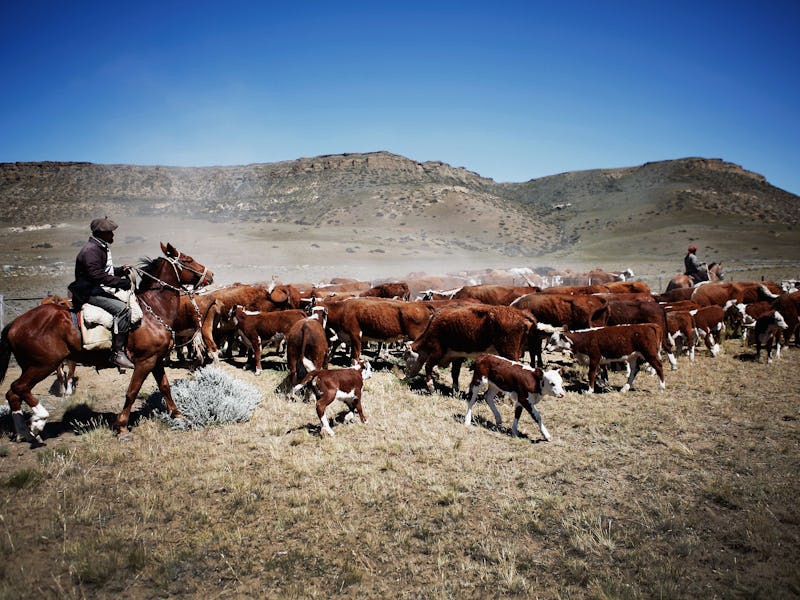NIH Grants to Fight Antibiotic-Resistant Bacteria May Miss the Real Culprit
Millions of dollars to fight superbugs are great, but why not just stop pumping cattle full of antibiotics?

The National Institutes of Health (NIH) is planning to beat evolution at its own game, releasing 24 different grants worth a total $5 million, to labs developing drugs to combat antibiotic-resistant bacteria.
About 23,000 deaths from 2 million infections are linked to antibiotic-resistant bacteria in America every year.
“The discovery, development and deployment of antibiotics have transformed medicine; however, microbes continually evolve and become resistant to these lifesaving drugs,” NIAID Director Anthony S. Fauci, M.D., said in a news release. “New strategies are desperately needed to treat patients with antibiotic-resistant infections that often are deadly.”
Our current slate of antibiotic drugs is fast becoming obsolete, because the bacteria they target are developing immunities. It’s basic evolution. We use the same couple of antibiotic regimens over and over again, so if a bacteria strain randomly mutates to survive the deadly cocktail, it’s going to have pretty successful offspring.
Aware of the danger, the NIH at least is beginning to take steps to address it, but the problem isn’t as inevitable as we think. Sure, there’s always a risk of a random mutation creating a super-bacteria, but that likelihood becomes a lot greater when our cattle ranches act as a breeding ground for antibiotic resistance.
Over 60 percent of the antibiotics important for human health sold every year in the United States are for use in food processing. These are the drugs we use to fight everything from infections that today we think of as harmless to cellulitis and pneumonia.
We’ve even begun curtailing our use of antibiotics in humans, precisely because of the risk of developing resistance. Our parents may have received a course of antibiotics for simple chest or ear infections — even a sore throat was sometimes seen as deserving a treatment. Today, those illnesses are more likely to be treated with bed rest, though if you were a cow, it might be a different story.
Our food is so loaded up with antibiotics that hospitals are starting to reject meat from farms that use the drugs. In fact, forget hospitals: McDonalds, Subway, Panera, CostCo, and Chick-fil-A have all committed to sourcing antibiotic-free meat.
And the federal government is beginning to make noise about the problem too. The White House released a brief on a “national strategy for combating antibiotic-resistant bacteria” in September 2014, and the Food and Drug Administration released the first national guidelines on the use of antibiotics in food processing shortly thereafter.
The NIH is essentially investing in a failsafe, for when minor preventatives efforts crash. The NIH is hoping for some breakthroughs in “non-traditional therapeutic pathways … which typically target one or more essential pathways, such as those involved in cell-wall and protein synthesis.” Examples of these non-traditional approaches are bacteriophage or phage therapy, which uses viruses that only affect bacteria to reduce or eliminate those bacteria in humans,” and therapeutic bacteria, which “uses good bacteria found in or added to the human microbiome to target or control the growth of harmful bacteria.”
The scientists involved in these efforts really are on the front lines of the next great disease, and the way things are going, we are going to need a hero. In the meantime, it’s within your power to choose your lunch with the fate of penicillin in mind.